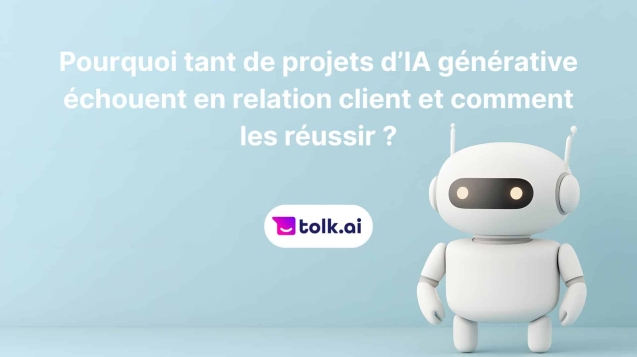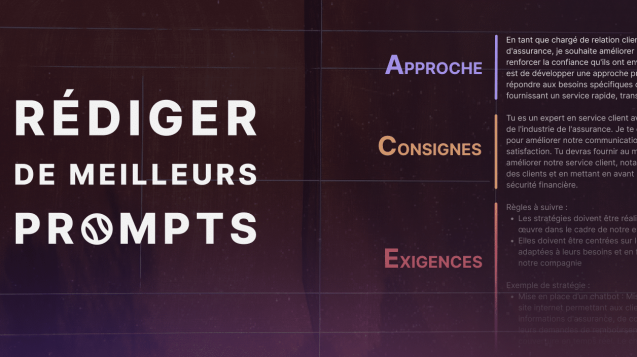Last month, OpenAI announced the release of ChatGPT, a Large Language Model (LLM) designed to understand and generate natural language with increased accuracy. The release of ChatGPT, OpenAI's chatbot, has generated a great deal of interest in the virtual assistant industry, due to its advanced language understanding and generation capabilities.
Experts believe that ChatGPT could have a significant impact on the virtual assistant market, offering chatbot developers the opportunity to create smarter, more engaging programs. Thanks to its advanced features, ChatGPT could also pave the way for new applications in healthcare, education, finance and many other fields.
In addition, the release of ChatGPT also raises questions about the safety and ethics of automatic language generation. As technological advances enable the creation of increasingly compelling virtual assistants, it's important to ensure that these technologies are used responsibly and ethically.
ChatGPT vs. AI Chatbot: understanding the differences
ChatGPT is a large-scale language model developed by OpenAI. It has been trained on a large corpus of text to understand and generate natural language. The aim of ChatGPT is to provide quality answers to questions on a wide range of topics.
An AI chatbot, on the other hand, is a computer program designed to simulate a conversation with users using natural language. Chatbots are often used to provide customer service by answering frequently asked questions and helping users solve problems. Chatbots can be developed to work across different communication channels, such as websites, messaging applications, social networks and so on.
So there's a fundamental difference between ChatGPT and a chatbot developed for customer service. ChatGPT is a general-purpose language model, whereas a chatbot is a computer program designed to provide customer service on a specific platform.
AI chatbots are increasingly used to answer simple, everyday questions, handle mass requests in a specific business area and interact with users in a more natural way.
The aim of ChatGPT is to be able to answer questions on a wide variety of general topics, including complex, high-level subjects. This is made possible by the access to a vast amount of knowledge and information on which the ChatGPT language model has been trained, enabling it to provide accurate, in-depth answers on a wide range of topics.
How can ChatGPT improve the performance of an AI Chatbot dedicated to customer service?
ChatGPT can be used to improve the performance of a customer service chatbot in several ways. First, as a large-scale language model. Tolk.ai already trains its own LLMs in specific business domains(Insurance, Energy, Health, etc.) to improve performance and response quality. ChatGPT can be used to train a chatbot to understand and generate natural language with greater precision. This can improve the chatbot's ability to understand users' questions and requests, and to respond in a coherent and relevant way.
What's more, ChatGPT can also be used to add diversity and flexibility to a chatbot's response. For example, by using ChatGPT as a data source, a chatbot can generate different answers for the same question, depending on contexts and circumstances. This can make conversations with the chatbot more natural and engaging for users.
Finally, ChatGPT can also be used to add advanced functionality to a chatbot, such as sentiment understanding or conditional response generation. This can enable the chatbot to better understand users' emotions and intentions, and offer a more personalized customer service tailored to individual needs.
Are language generation technologies (NLG) suited to customer relations?
ChatGPT's language generation is generally considered safe, as the model has been trained on a large corpus of text and generates natural language with a high degree of accuracy. However, like any language model, ChatGPT can sometimes generate inappropriate or offensive responses depending on certain questions or circumstances. It's important to understand that an algorithm is always subject to bias, which can be induced in different ways. This is howMicrosoft's Tay experiment turned into a fiasco.
It is important to note that ChatGPT has not been designed for use in situations where safety or human life are at stake. For example, ChatGPT should not be used to make medical decisions, to control critical systems or to answer specific questions about a particular business area. In these cases, it is important to use AI Chatbot technologies and supervised systems to guarantee the relevance of answers and avoid slippage.
In a nutshell:
-
- OpenAI has launched ChatGPT, a Large Language Model (LLM) designed to understand and generate natural language with greater precision,
-
- ChatGPT can be used to improve the performance of a customer service chatbot by providing more accurate, in-depth answers to questions on a wide variety of topics,
-
- tolk.ai is already developing applications of ChatGPT technology in its IA Bot chatbot solution,
-
- AI chatbots are often used to provide customer service by answering frequently asked questions and helping users solve problems in a specific business area,
-
- ChatGPT is a generalist virtual assistant, able to answer generic questions on a wide range of topics,
-
- ChatGPT is promising, but raises the question of the relevance of its answers to the biases to which its algorithms are exposed.



